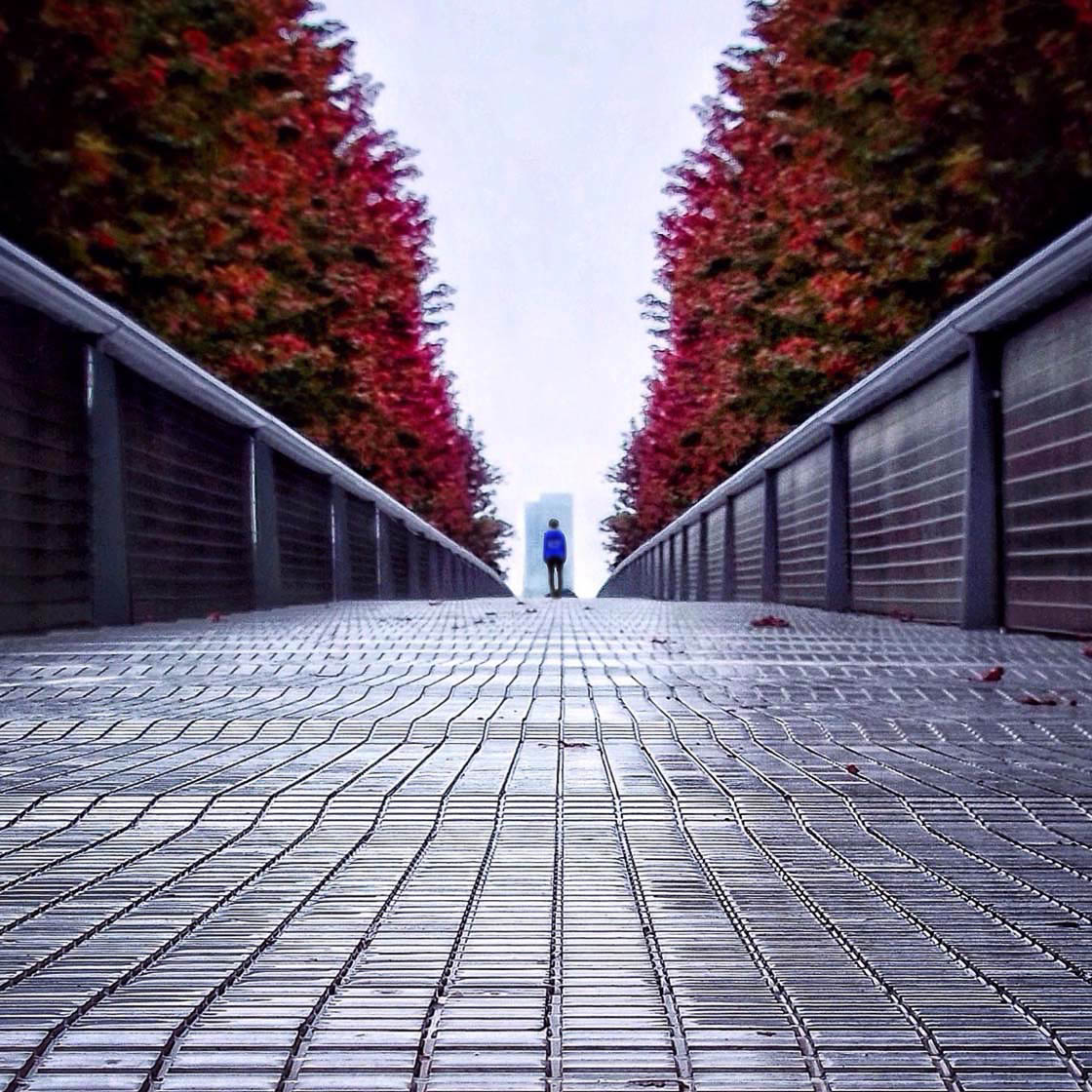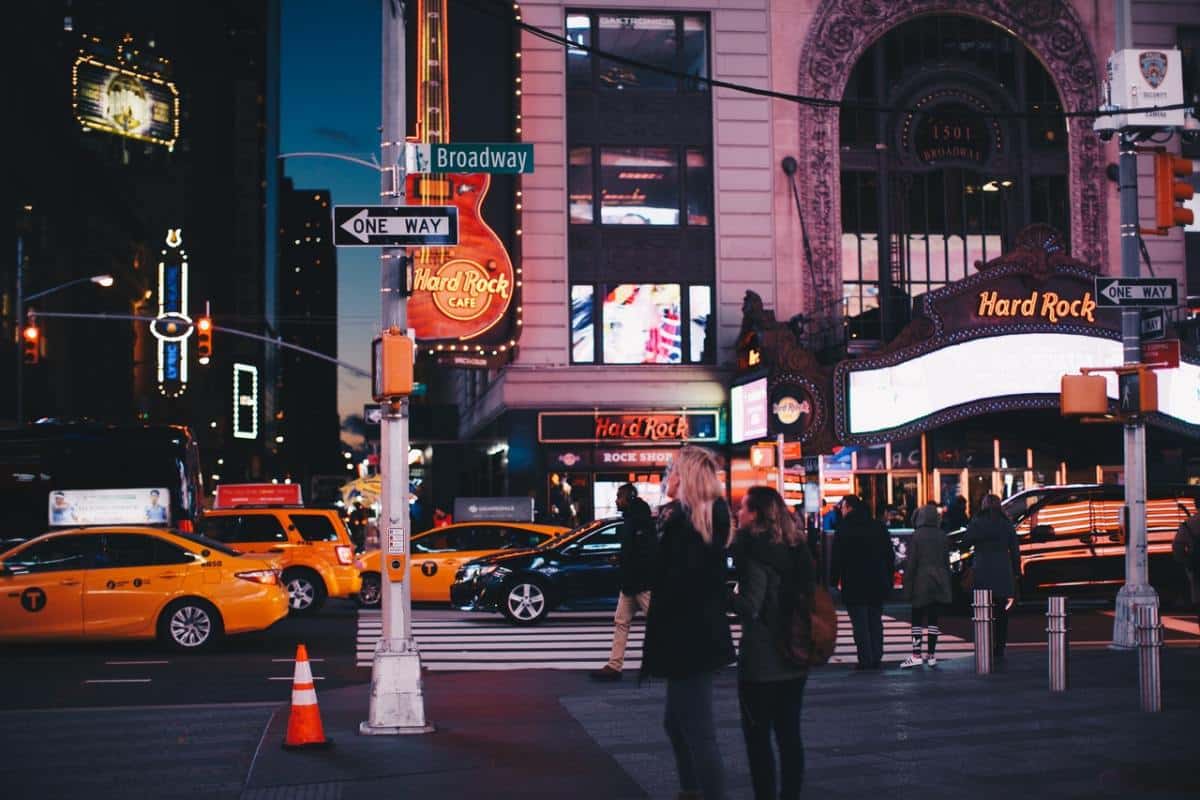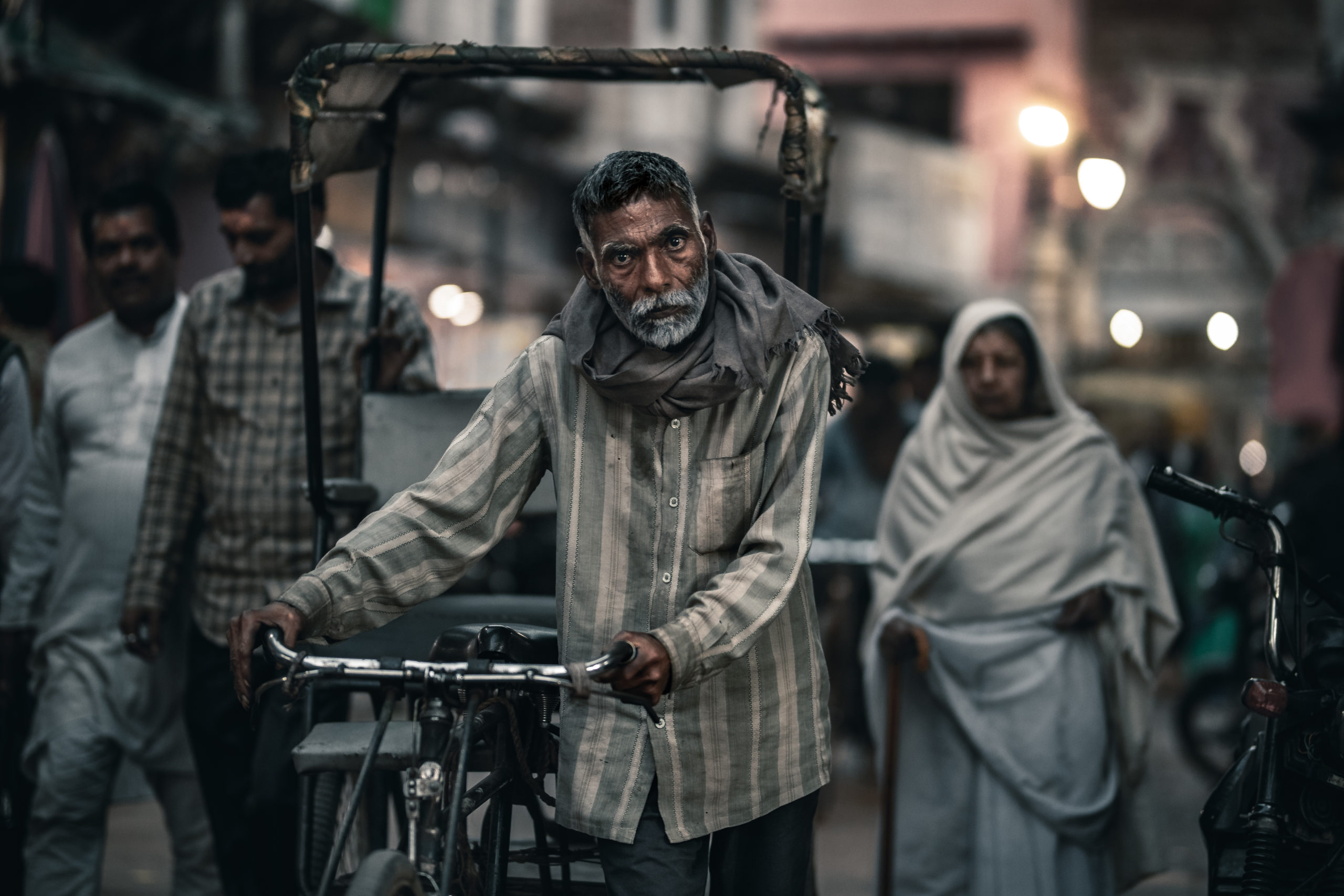Rumored Buzz on Street Photographers
Rumored Buzz on Street Photographers
Blog Article
Street Photographers Fundamentals Explained
Table of ContentsNot known Incorrect Statements About Street Photographers Getting My Street Photographers To WorkThe 7-Second Trick For Street PhotographersThe Ultimate Guide To Street PhotographersStreet Photographers Can Be Fun For Everyone
Street professional photographers do not always have a social purpose in mind, however they prefer to separate and capture minutes which may otherwise go undetected.He was influenced by several of those who influenced the street professional photographers of the 1950s and '60s, he was not primarily interested in capturing the spirit of the street., who worked side by side with digital photographers trying to capture the essence of city life.
As a result of the relatively primitive modern technology readily available to him and the long exposure time needed, he had a hard time to catch the pressure of the Paris streets. He try out a collection of photographic approaches, attempting to find one that would certainly enable him to catch activity without a blur, and he located some success with the calotype, patented in 1841 by William Henry Fox Talbot. While the professional photographers' subject was essentially the exact same, the results were markedly different, demonstrating the impact of the photographer's intent on the personality of the pictures he created.
Some Of Street Photographers
Provided the fine top quality of his photographs and the breadth of material, designers and artists usually got Atget's prints to utilize as referral for their own job, though industrial interests were barely his main inspiration. Instead, he was driven to photo every last remnant of the Paris he liked. The mingled interest and seriousness of his mission luster through, resulting in pictures that tell his very own experience of the city, high qualities that prepared for street digital photography of the 20th century.

Unlike his peers, Brassa made use of a larger-format Voigtlnder electronic camera with a longer direct exposure time, forcing him to be a lot more calculated and thoughtful in his method than he could have been if using a Leica.

The Ultimate Guide To Street Photographers
It is as a result of this fundamental understanding of the art of photo taking that he is often credited with finding the tool all over again approximately a century given that its development. He took photos for greater than a half century and affected generations of digital photographers to trust their eye and instinct in the moment.
These are the concerns I shall attempt to respond to: And afterwards I'll leave you with my own definition of street photography. Yes, we do. Let's start with defining what a definition is: According to it is: "The act of specifying, or of making something guaranteed, distinctive, or clear".
No, definitely not. The term is both limiting and misleading. Seems like a road photography ought to be images of a streets ideal?! And all road digital photographers, with the exception of a handful of absolute novices, will completely appreciate that a street is not the crucial element to street photography, and really if it's an image of a road with perhaps a few boring individuals not doing anything of passion, that's not road photography that's a photo of a road.
An Unbiased View of Street Photographers
He makes a valid factor do not you assume? While I agree with him I'm not certain "candid public digital photography" will catch on her comment is here (although I do kind of like the term "candid digital photography") since "road digital photography" has been around for a lengthy time, with several masters' names connected to it, so I believe the term is here to stay. Street Photographers.
Inside?! I hear you shout as you shake your fist to the skies. Why not? You can contend the coastline, at a celebration, in an alley, in a park, in a piazza, in a coffee shop, at a Resources museum or art gallery, in a metro station, at an occasion, on a bridge, under a bridge ...
Yes, I'm terrified we have no choice! Without rules we can not have a meaning, and without a meaning we don't have a style, and without a genre we do not have anything to specify what we do, and so we are embeded a "guidelines definition genre" loophole! And no-one intends to obtain embeded a loophole. - Street Photographers

Report this page